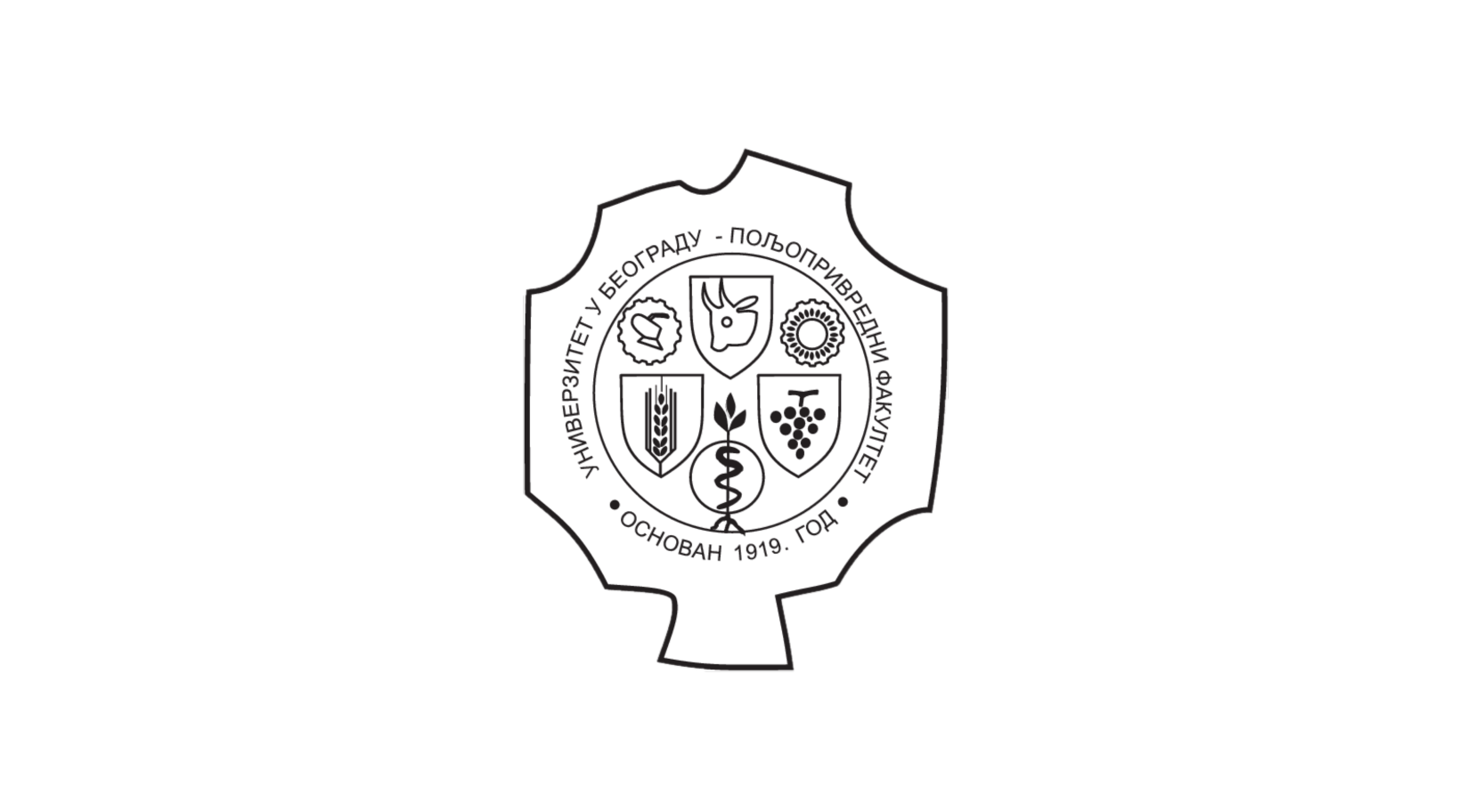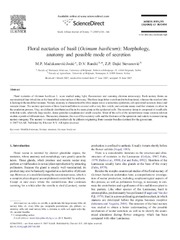Floral nectaries of basil (Ocimum basilicum): Morphology, anatomy and possible mode of secretion
Abstract
Floral nectaries of Ocimum basilicum L. were studied using light, fluorescence and scanning electron microscopy. Each nectary forms an asymmetrical four-lobed disc at the base of the outer surface of the ovary. The three large lobes were found to be functional, whereas the smallest lobe is lacking in the modified stomata. Nectary anatomy is characterized by three major zones: a uniseriate epidermis, sub-epidermal secretory tissue and vascular tissue. The nectary epidermis of three functional lobes is covered with a very thin cuticle, and contains many modified stomata involved in the exudation process. They are diffusely distributed and lie in the same plane as the epidermal cells. The secretory tissue is composed of small cells with thin walls, relatively large nuclei, dense granular cytoplasm and small vacuoles. Most of the cells of the nectariferous tissue contain calcium oxalate crystals of different sizes. The nectary diameter, the size of the secretory cells and the thickness of ...the epidermis and cuticle increased during nectary ontogeny. The nectary is vascularized exclusively by phloem originating from vascular bundles destined for the gynoecium.
Keywords:
modified stomata / nectary structure / Ocimum basilicumSource:
South African Journal of Botany, 2007, 73, 4, 636-641Publisher:
- Elsevier Science Bv, Amsterdam
DOI: 10.1016/j.sajb.2007.06.008
ISSN: 0254-6299
WoS: 000251721600019
Scopus: 2-s2.0-35348898946
Collections
Institution/Community
Poljoprivredni fakultetTY - JOUR AU - Mačukanović-Jocić, Marina AU - Rančić, Dragana AU - Dajić-Stevanović, Zora PY - 2007 UR - http://aspace.agrif.bg.ac.rs/handle/123456789/1569 AB - Floral nectaries of Ocimum basilicum L. were studied using light, fluorescence and scanning electron microscopy. Each nectary forms an asymmetrical four-lobed disc at the base of the outer surface of the ovary. The three large lobes were found to be functional, whereas the smallest lobe is lacking in the modified stomata. Nectary anatomy is characterized by three major zones: a uniseriate epidermis, sub-epidermal secretory tissue and vascular tissue. The nectary epidermis of three functional lobes is covered with a very thin cuticle, and contains many modified stomata involved in the exudation process. They are diffusely distributed and lie in the same plane as the epidermal cells. The secretory tissue is composed of small cells with thin walls, relatively large nuclei, dense granular cytoplasm and small vacuoles. Most of the cells of the nectariferous tissue contain calcium oxalate crystals of different sizes. The nectary diameter, the size of the secretory cells and the thickness of the epidermis and cuticle increased during nectary ontogeny. The nectary is vascularized exclusively by phloem originating from vascular bundles destined for the gynoecium. PB - Elsevier Science Bv, Amsterdam T2 - South African Journal of Botany T1 - Floral nectaries of basil (Ocimum basilicum): Morphology, anatomy and possible mode of secretion EP - 641 IS - 4 SP - 636 VL - 73 DO - 10.1016/j.sajb.2007.06.008 ER -
@article{
author = "Mačukanović-Jocić, Marina and Rančić, Dragana and Dajić-Stevanović, Zora",
year = "2007",
abstract = "Floral nectaries of Ocimum basilicum L. were studied using light, fluorescence and scanning electron microscopy. Each nectary forms an asymmetrical four-lobed disc at the base of the outer surface of the ovary. The three large lobes were found to be functional, whereas the smallest lobe is lacking in the modified stomata. Nectary anatomy is characterized by three major zones: a uniseriate epidermis, sub-epidermal secretory tissue and vascular tissue. The nectary epidermis of three functional lobes is covered with a very thin cuticle, and contains many modified stomata involved in the exudation process. They are diffusely distributed and lie in the same plane as the epidermal cells. The secretory tissue is composed of small cells with thin walls, relatively large nuclei, dense granular cytoplasm and small vacuoles. Most of the cells of the nectariferous tissue contain calcium oxalate crystals of different sizes. The nectary diameter, the size of the secretory cells and the thickness of the epidermis and cuticle increased during nectary ontogeny. The nectary is vascularized exclusively by phloem originating from vascular bundles destined for the gynoecium.",
publisher = "Elsevier Science Bv, Amsterdam",
journal = "South African Journal of Botany",
title = "Floral nectaries of basil (Ocimum basilicum): Morphology, anatomy and possible mode of secretion",
pages = "641-636",
number = "4",
volume = "73",
doi = "10.1016/j.sajb.2007.06.008"
}
Mačukanović-Jocić, M., Rančić, D.,& Dajić-Stevanović, Z.. (2007). Floral nectaries of basil (Ocimum basilicum): Morphology, anatomy and possible mode of secretion. in South African Journal of Botany Elsevier Science Bv, Amsterdam., 73(4), 636-641. https://doi.org/10.1016/j.sajb.2007.06.008
Mačukanović-Jocić M, Rančić D, Dajić-Stevanović Z. Floral nectaries of basil (Ocimum basilicum): Morphology, anatomy and possible mode of secretion. in South African Journal of Botany. 2007;73(4):636-641. doi:10.1016/j.sajb.2007.06.008 .
Mačukanović-Jocić, Marina, Rančić, Dragana, Dajić-Stevanović, Zora, "Floral nectaries of basil (Ocimum basilicum): Morphology, anatomy and possible mode of secretion" in South African Journal of Botany, 73, no. 4 (2007):636-641, https://doi.org/10.1016/j.sajb.2007.06.008 . .




